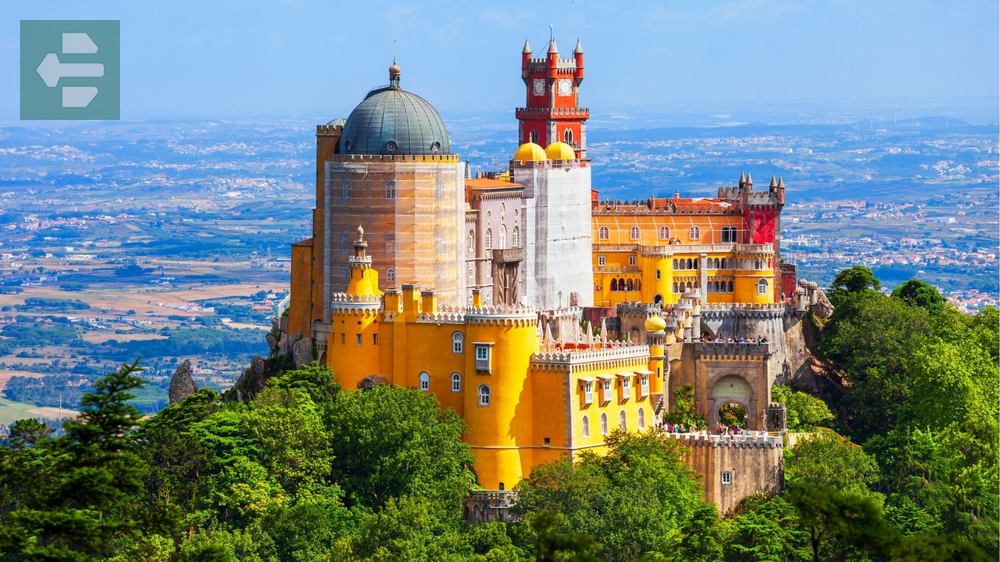Europe offers remarkable diversity in February, from sun-soaked Canary Islands and Malta's quiet charm to Venice's legendary Carnival celebrations. Destinations like Nice, Seville, and Portugal's Algarve provide mild Mediterranean warmth, while Rovaniemi delivers Arctic magic and Zermatt showcases pristine Alpine beauty.
February rewards travelers with fewer crowds, lower prices, and unique seasonal experiences that summer visitors never see.
List of Contents
- 1. Canary Islands, Spain: Atlantic Winter Haven
- 2. Malta: Mediterranean Solitude
- 3. Madeira, Portugal: Garden of Eternal Spring
- 4. Algarve, Portugal: Europe's Gentle Winter
- 5. Seville, Spain: Andalusian Grace
- 6. Nice, France: Riviera Winter Light
- 7. Rovaniemi, Finland: Arctic Circle Magic
- 8. Innsbruck, Austria: Alpine Winter Perfection
- 9. Zermatt, Switzerland: Matterhorn Majesty
- 10. Venice, Italy: Carnival City
- 11. Paris, France: City of Lights in Winter
- 12. Prague, Czech Republic: Gothic Winter Wonderland
- 13. Budapest, Hungary: Thermal Paradise
- 14. Ljubljana, Slovenia: Hidden Alpine Gem
- February's European Promise
1. Canary Islands, Spain: Atlantic Winter Haven
The Canary Islands deliver Europe's most reliable February sunshine. Temperatures reach 18-21°C most days, perfect for hiking Tenerife's volcanic trails or watching carnival parades in Las Palmas.
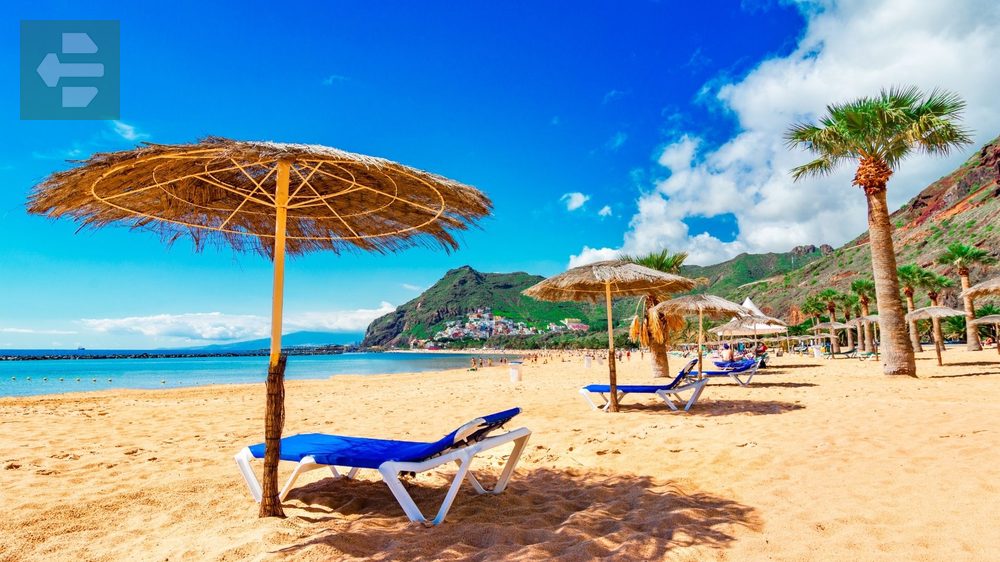
I discovered something locals know well—February brings the almond blossoms on Gran Canaria. The contrast of white flowers against black volcanic soil creates landscapes that feel almost otherworldly.
Skip the crowded southern beaches. Head to La Palma's coastal paths instead, where you can walk for hours without seeing another soul. The trade winds keep temperatures comfortable, and the light in February has a clarity that photographers dream about.
Quick Facts:
- Peak season: December-February
- Getting there: Direct flights to Las Palmas, Tenerife
- Entry fee: Free (activities from €15)
- Suggested stay: 5-7 days
- Key spots: Teide National Park, Las Palmas, Puerto de la Cruz, Maspalomas
2. Malta: Mediterranean Solitude
February transforms Malta into something approaching perfection. The limestone cliffs catch winter light differently, and you can walk the entire coastline meeting only local farmers and their dogs.
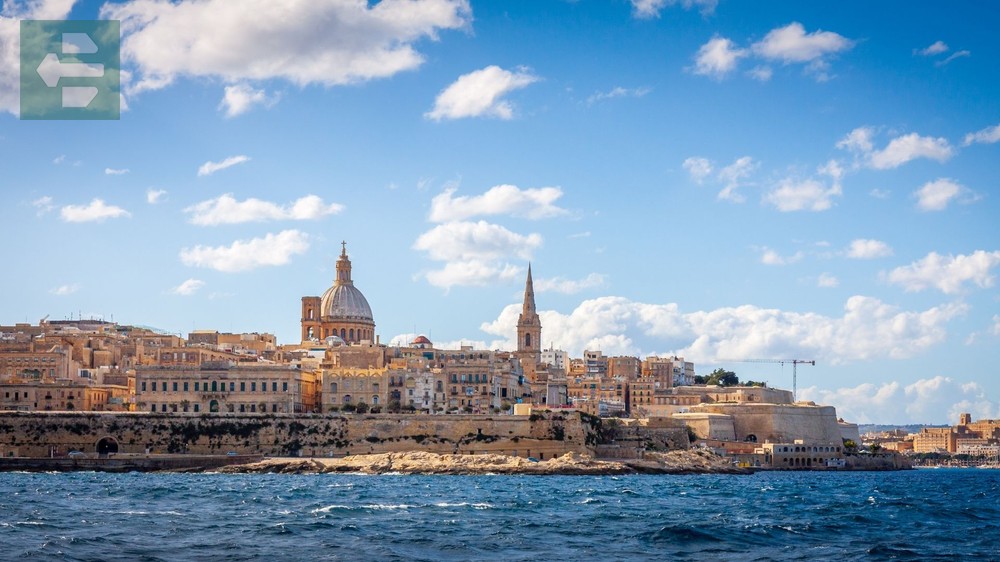
Valletta feels like a private museum in February. The narrow streets echo with your footsteps, and the harbor views from Upper Barrakka Gardens have an cinematic quality when clouds gather over Grand Harbour.
The sea temperature hovers around 16°C—too cold for most swimmers, but perfect for coastal walks. Wear layers; the wind off the Mediterranean can surprise you.
Quick Facts:
- Peak season: June-September
- Getting there: Flights to Malta International Airport
- Entry fee: Most sites €8-15
- Suggested stay: 3-4 days
- Key spots: Valletta, Mdina, Blue Grotto, Gozo, Three Cities
3. Madeira, Portugal: Garden of Eternal Spring
Madeira's February reveals why they call it the floating garden. Temperatures stay around 17°C, and the island's famous levada walks become adventures through misty forests and hidden waterfalls.
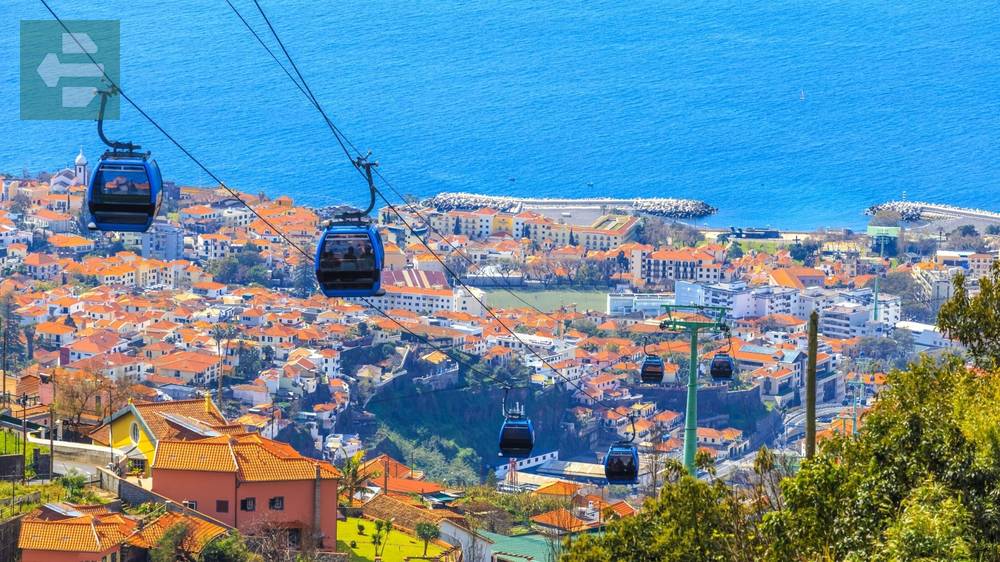
The Madeira Carnival fills Funchal's streets with elaborate floats and traditional folk music. Unlike the massive celebrations elsewhere, this feels intimate—you can actually talk to the performers between parade segments.
For the best experience, rent a car and drive the mountain roads early morning. The clouds part around 10 AM, revealing views that stretch to Africa on clear days.
Quick Facts:
- Peak season: April-October
- Getting there: Flights to Funchal Airport
- Entry fee: Levada walks free, cable car €16
- Suggested stay: 4-5 days
- Key spots: Funchal, Pico do Areeiro, Santana, Porto Moniz, Quinta do Risco
4. Algarve, Portugal: Europe's Gentle Winter
The Algarve's February offers something rare—genuinely pleasant beach weather without summer's intensity. Temperatures reach 17-18°C on sunny days, and the beaches stretch empty in both directions.
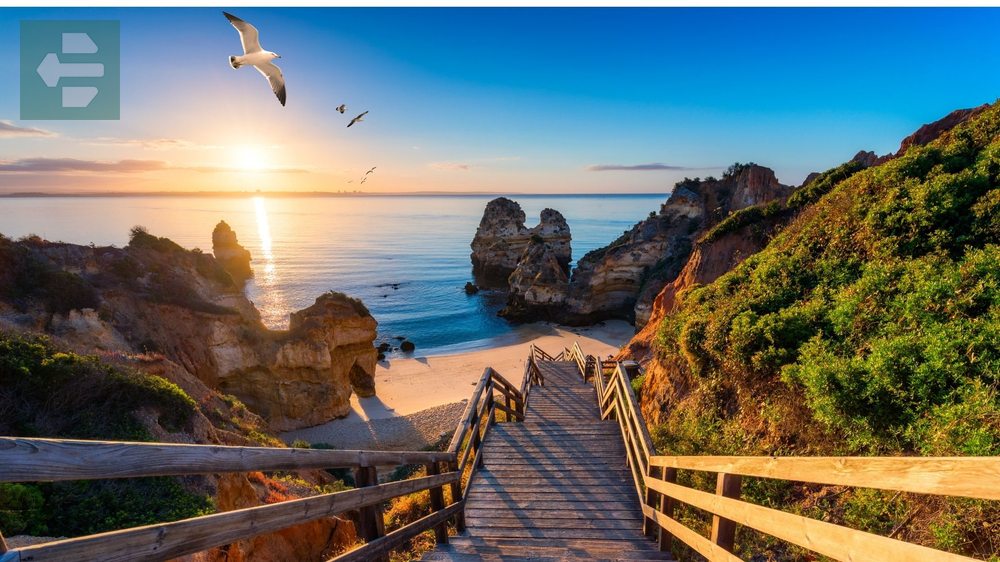
Stay between Lagos and Tavira for the best weather. The western coast around Sagres gets windier, but surfers love the consistent swells. I spent an afternoon watching waves crash against the dramatic cliffs at Ponta da Piedade—February's storms create displays you won't see in calmer months.
Golf courses offer their best deals now, and the coastal restaurants serve fresh seafood without the summer rush. Book accommodations early; even February brings visitors escaping northern Europe's chill.
Quick Facts:
- Peak season: June-September
- Getting there: Faro Airport, then drive or bus
- Entry fee: Beaches free, attractions €5-12
- Suggested stay: 4-6 days
- Key spots: Lagos, Sagres, Tavira, Benagil Cave, Ria Formosa
5. Seville, Spain: Andalusian Grace
Seville in February feels like discovering a secret. The tourist crowds stay away, leaving you free to explore the Alcázar's gardens and climb La Giralda without queuing. Temperatures hover around 16-19°C—ideal for long walks through Santa Cruz's narrow streets.
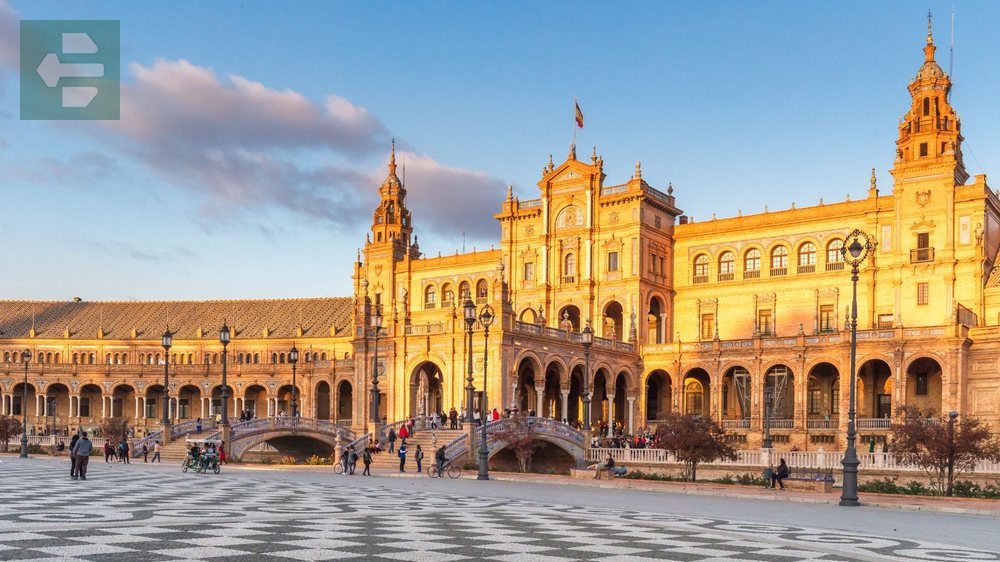
February brings Seville's carnival season, though it lacks the intensity of other Spanish celebrations. The real magic happens in quiet moments: morning coffee in Plaza del Salvador, evening tapas in local bars where no English menus exist.
The orange trees lining the streets fill the air with blossoms' scent. Locals joke that February oranges are too bitter to eat, but perfect for marmalade—and the fragrance makes every walk memorable.
Quick Facts:
- Peak season: April-June, September-October
- Getting there: Seville Airport or train from Madrid
- Entry fee: Alcázar €13, Cathedral €10
- Suggested stay: 3-4 days
- Key spots: Alcázar, Cathedral, Santa Cruz, Plaza de España, Triana
6. Nice, France: Riviera Winter Light
Nice in February offers the French Riviera without summer's chaos. The famous Carnival fills the streets with elaborate floats and costumed performers, while the Mediterranean's winter light creates painting-worthy scenes along the Promenade des Anglais.
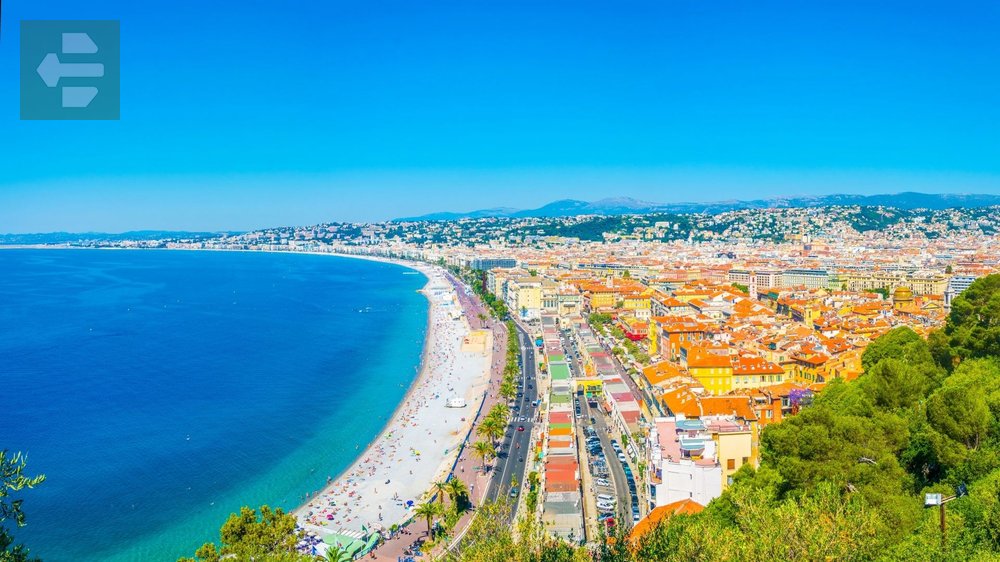
The old town markets still overflow with flowers and local produce. Cours Saleya becomes a gathering place for locals, who appreciate visitors who speak a few words of French. Even “bonjour” opens doors.
Beach cafés stay open despite 14°C temperatures. Order hot chocolate and watch winter swimmers brave the Mediterranean. They're not crazy—the sea temperature stays around 13°C, cold but manageable for quick dips.
Quick Facts:
- Peak season: July-August
- Getting there: Nice Côte d'Azur Airport
- Entry fee: Most museums €4-10, Carnival shows €20-35
- Suggested stay: 3-4 days
- Key spots: Old Town, Promenade des Anglais, Castle Hill, Chagall Museum
7. Rovaniemi, Finland: Arctic Circle Magic
Rovaniemi delivers authentic Arctic experiences in February. The polar night ends, bringing 6-7 hours of daylight and the year's best aurora conditions. Temperatures drop to -15°C, but the dry air makes cold manageable with proper clothing.
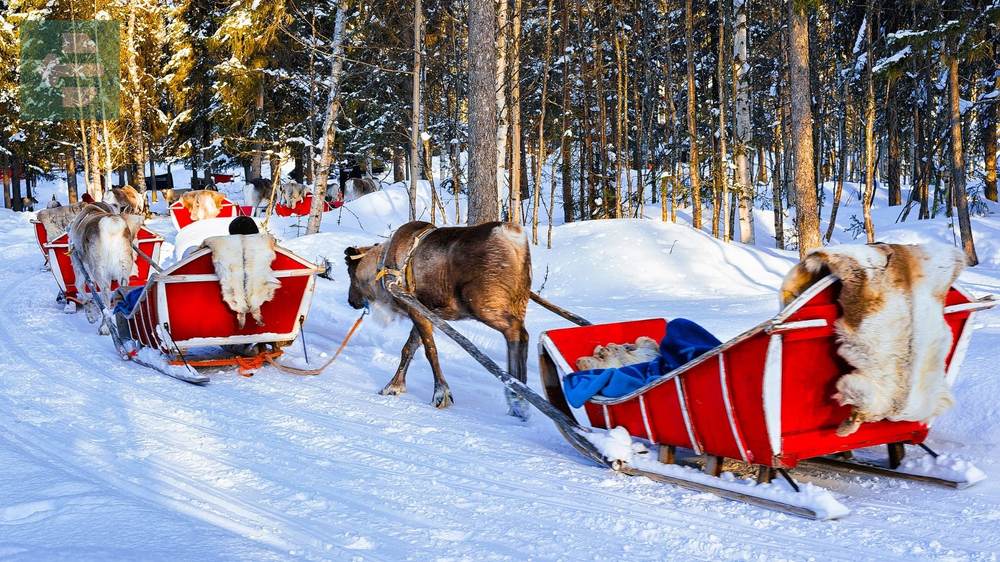
The magic happens after dark. I joined a northern lights tour that included ice floating—lying on your back in an Arctic lake, watching the aurora dance overhead. The survival suit keeps you warm, and the experience defies every expectation about winter swimming.
February offers the best balance: enough daylight for reindeer farms and husky rides, enough darkness for aurora hunting. Book accommodations early; this is peak northern lights season.
Quick Facts:
- Peak season: December-March
- Getting there: Rovaniemi Airport, direct flights from Helsinki
- Entry fee: Santa Claus Village free, tours €80-150
- Suggested stay: 4-5 days
- Key spots: Santa Claus Village, Arktikum Museum, Ranua Wildlife Park, Arctic Circle
8. Innsbruck, Austria: Alpine Winter Perfection
Innsbruck sits in a bowl surrounded by snow-covered peaks, creating postcard views from every street corner. February brings consistent snow and temperatures around -5°C to 3°C—perfect for both skiing and exploring the city center.
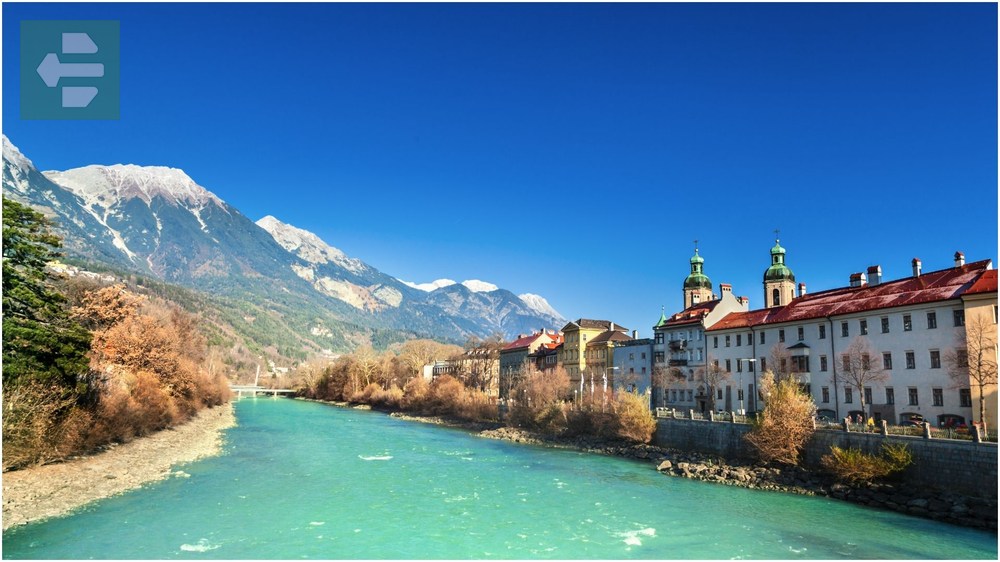
The Nordkette cable car runs year-round, delivering you from city center to 2,000 meters in 20 minutes. The contrast is startling: medieval streets below, pristine Alpine wilderness above. Ski conditions remain excellent through February, with less crowding than holiday periods.
Local tip: Visit the Bergisel Ski Jump for panoramic views without skiing. The café serves excellent apple strudel while you watch jumpers practice for competitions.
Quick Facts:
- Peak season: December-March
- Getting there: Innsbruck Airport or train from Munich
- Entry fee: Cable cars €15-35, ski passes from €45
- Suggested stay: 4-5 days
- Key spots: Nordkette, Old Town, Bergisel Ski Jump, Swarovski Crystal Worlds
9. Zermatt, Switzerland: Matterhorn Majesty
Zermatt in February combines excellent skiing with some of Europe's most dramatic mountain scenery. The Matterhorn dominates every view, and February's clear skies offer the year's best photography conditions.

The car-free village maintains an authentic Alpine atmosphere. Electric taxis and horse-drawn sleighs handle transportation, while wooden chalets house restaurants serving raclette and fondue. Everything feels deliberately preserved, not artificially created for tourists.
For non-skiers, the Gornergrat Railway climbs to 3,089 meters year-round. The 33-minute journey reveals 29 peaks over 4,000 meters, including close-up Matterhorn views that never stop being remarkable.
Quick Facts:
- Peak season: December-April, July-August
- Getting there: Train to Zermatt (no cars allowed)
- Entry fee: Gornergrat Railway €85, ski passes from €65
- Suggested stay: 3-5 days
- Key spots: Matterhorn, Gornergrat, Klein Matterhorn, village center
10. Venice, Italy: Carnival City
Venice Carnival transforms the city into an 18th-century fantasy. Elaborate masks and period costumes fill the narrow streets, while masquerade balls happen in genuine palazzos along the Grand Canal. February visitors experience Venice as it was meant to be seen.
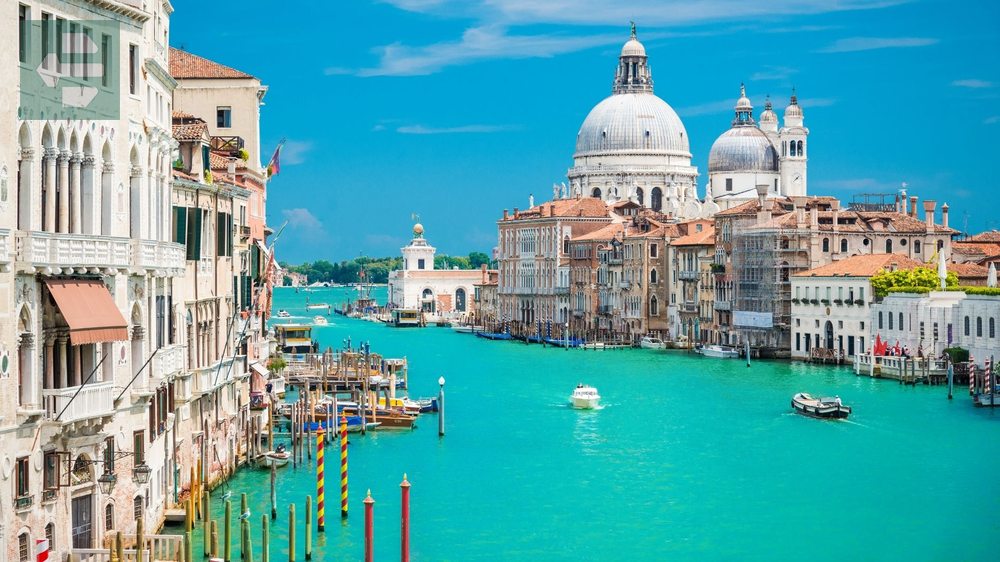
The crowds thin considerably between Carnival weekends, revealing Venice's quieter character. Fog rolling in from the lagoon creates mysterious scenes, and the winter light filtering through mist gives everything a dreamlike quality.
Skip the expensive tourist gondolas during Carnival. Walk the quieter neighborhoods of Castello and Cannaregio instead, where locals still live normal lives among the architectural marvels.
Quick Facts:
- Peak season: April-October
- Getting there: Venice Marco Polo Airport or train
- Entry fee: Churches €3-5, Doge's Palace €25
- Suggested stay: 3-4 days
- Key spots: St. Mark's Square, Doge's Palace, Grand Canal, Rialto Bridge, Murano
11. Paris, France: City of Lights in Winter
Paris in February offers the city without summer crowds and with surprisingly mild weather. Temperatures average 3-8°C, and the bare trees along the Seine reveal architectural details hidden by summer foliage.
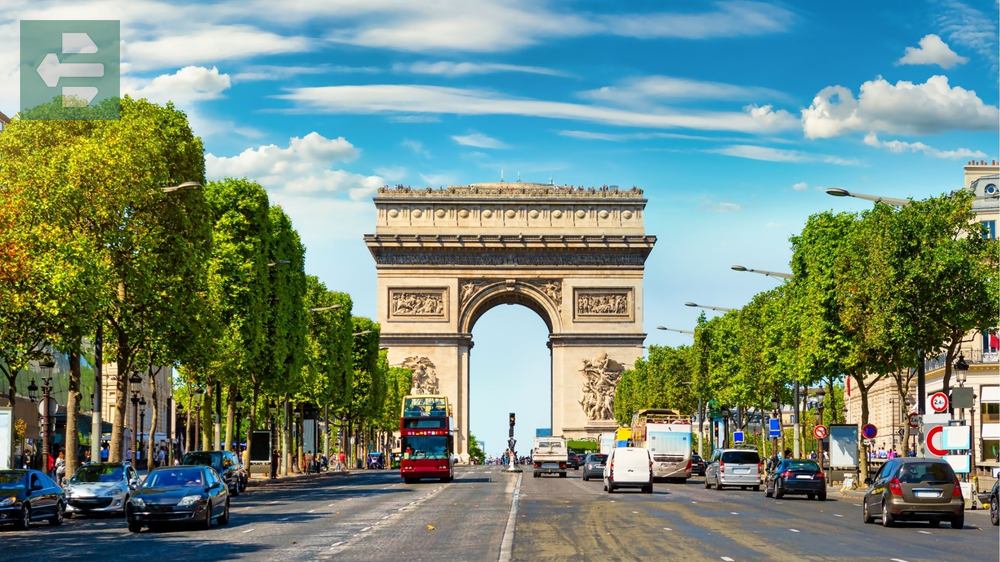
The winter sales continue through February, making this excellent timing for shopping. Covered passages like Galerie Vivienne provide elegant shelter from occasional rain, while museum visits become leisurely affairs without queuing.
February brings Valentine's Day romance to a city built for it. River cruises continue year-round with heated cabins, and cozy bistros serve warming dishes like pot-au-feu and cassoulet.
Quick Facts:
- Peak season: June-August
- Getting there: Charles de Gaulle or Orly airports
- Entry fee: Museums €12-17, Eiffel Tower €16-29
- Suggested stay: 4-6 days
- Key spots: Louvre, Eiffel Tower, Notre-Dame, Montmartre, Latin Quarter
12. Prague, Czech Republic: Gothic Winter Wonderland
Prague's February combines Gothic architecture with frequent snow, creating scenes from medieval fairy tales. The city's spires and cobblestones look magnificent under winter light, while fewer tourists mean peaceful exploration of Old Town Square and Prague Castle.
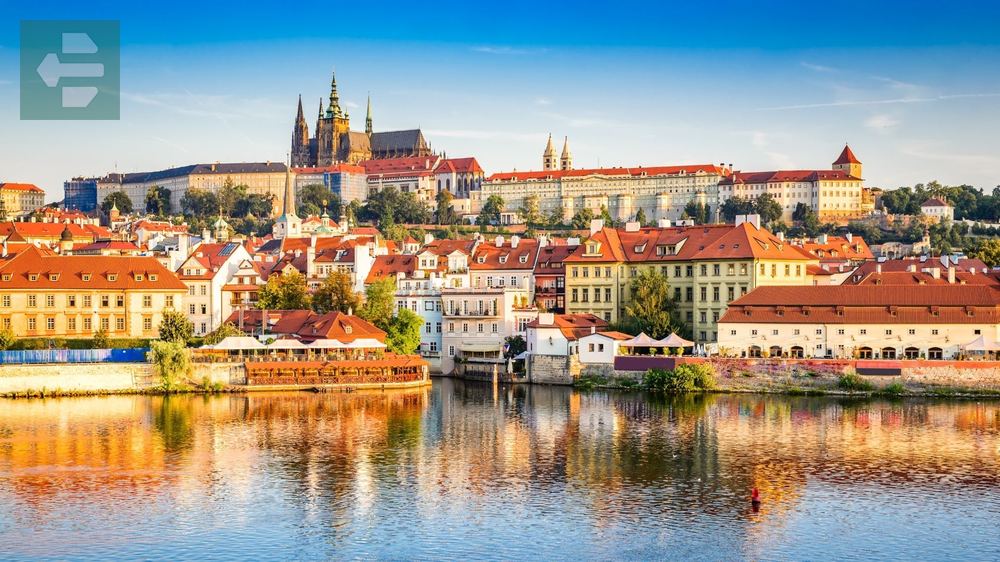
Czech pubs become essential refuges, serving hearty goulash and excellent beer while traditional folk music fills the air. The atmosphere feels authentically local rather than performed for visitors.
Masopust (Czech Mardi Gras) brings colorful parades through the streets, featuring traditional masks and costumes that connect directly to centuries-old traditions. Unlike commercial celebrations elsewhere, this feels genuinely Czech.
Quick Facts:
- Peak season: May-September
- Getting there: Václav Havel Airport Prague
- Entry fee: Castle complex €12, concerts €20-50
- Suggested stay: 3-4 days
- Key spots: Prague Castle, Old Town Square, Charles Bridge, Jewish Quarter, Wenceslas Square
13. Budapest, Hungary: Thermal Paradise
Budapest's thermal baths provide perfect February activities. The contrast between cold air and 38°C thermal pools creates an almost mystical experience, especially at outdoor baths like Széchenyi where you can watch snow fall while soaking in mineral-rich waters.

The Danube freezes occasionally, transforming the city's appearance completely. Walking across Chain Bridge in February requires warm clothing, but the views of Parliament and Buda Castle reward the effort.
Local tip: Visit thermal baths early morning when locals use them for daily routines rather than tourist attractions. Gellért Baths offers the most elegant setting, while Széchenyi provides the most authentic experience.
Quick Facts:
- Peak season: May-September
- Getting there: Budapest Ferenc Liszt International Airport
- Entry fee: Thermal baths €15-25, Parliament tours €18
- Suggested stay: 3-4 days
- Key spots: Parliament, Széchenyi Baths, Fisherman's Bastion, Chain Bridge, Buda Castle
14. Ljubljana, Slovenia: Hidden Alpine Gem
Ljubljana remains Europe's most underrated capital, especially in February when snow covers the castle and medieval streets become postcard-perfect. Temperatures hover around freezing, but the compact city center makes exploration comfortable.

The Dragon Bridge and Triple Bridge look magnificent in winter light, while Tivoli Park offers peaceful walks through snow-covered forests. Local restaurants serve hearty Slovenian dishes like žlikrofi dumplings and warming mulled wine.
February 8th brings Prešeren Day, Slovenia's national cultural holiday. The city celebrates with concerts and exhibitions, providing insight into Slovenian culture that summer visitors miss completely.
Quick Facts:
- Peak season: June-September
- Getting there: Ljubljana Jože Pučnik Airport
- Entry fee: Castle €10, most museums €5-8
- Suggested stay: 2-3 days
- Key spots: Ljubljana Castle, Old Town, Dragon Bridge, Tivoli Park, Central Market
February's European Promise
February reveals Europe's authentic character. The continent sheds its summer tourist mask, showing local rhythms and genuine atmosphere that high season obscures.
Whether you choose Mediterranean warmth in the Canary Islands, Alpine adventures in Zermatt, or cultural depth in Prague, February delivers experiences unavailable any other time. The crowds disappear. The prices drop. The magic intensifies.
Start planning now. February's Europe awaits those wise enough to embrace winter's possibilities.
